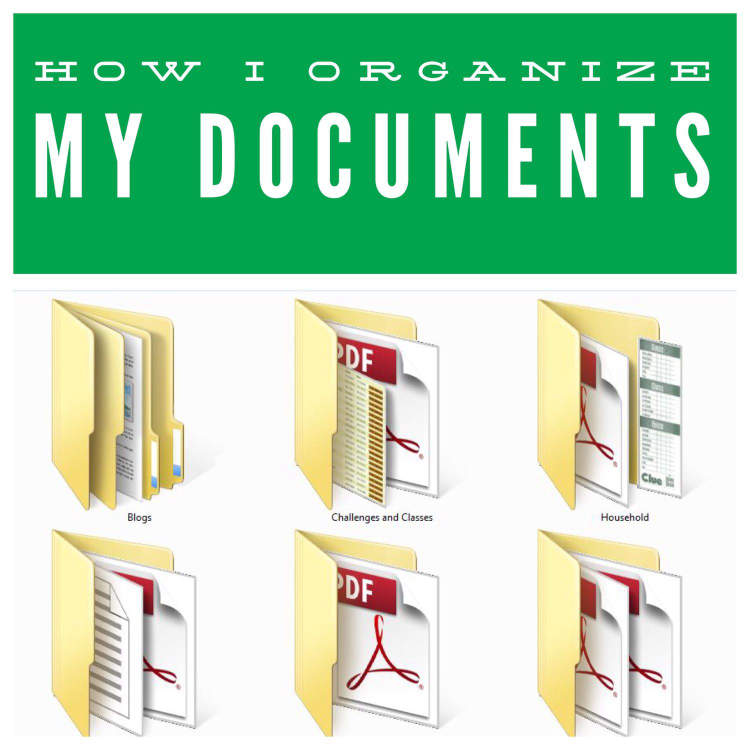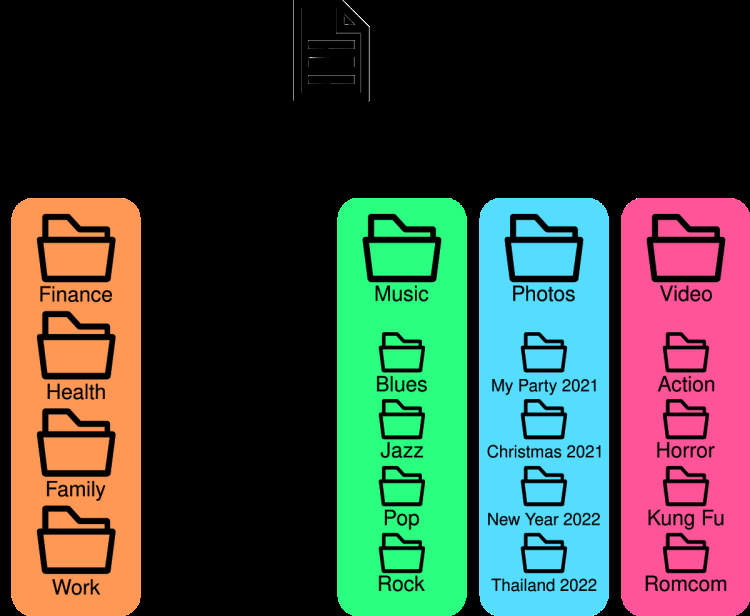In today’s digital age, keeping our laptops organized is essential for efficient work and a clutter-free digital life. With files and folders accumulating over time, it’s easy to get overwhelmed with the mess. However, fret not! In this article, we will explore the best practices and techniques on how to organize files and folders on your laptop, ensuring easy access, better productivity, and peace of mind.
The first step to organizing your laptop files is to create a logical folder structure. Start by assessing your needs and determining the main categories that fit your work or personal life. Whether it’s dividing folders by project, subject, or date, the key here is to find a structure that makes the most sense to you. Once you have your main folders set up, you can further organize them by creating subfolders to keep related files grouped together. By organizing your files hierarchically, you will save time searching for specific documents while also making it easier to navigate through your laptop’s storage.
Introduction
In today’s digital age, organizing files and folders on a laptop is essential for maintaining productivity and efficiency. Whether you use your laptop for work, school, or personal use, having a well-organized filing system can save you time and frustration when searching for specific documents or files. In this article, we will explore various tips and techniques to help you effectively organize your files and folders on your laptop.
File Organization Basics

Having a well-organized file system on your laptop is crucial for productivity and ease of access. By implementing a few simple file organization basics, you can save time and avoid the frustration of searching for files. Here are some essential tips to help you organize files and folders effectively:
Create a Folder Structure
The first step in file organization is to establish a logical folder structure. Create main folders to represent broad categories or topics, and then create subfolders within each main folder to further break down your files into specific areas. For example:
- Main Folder 1
- Subfolder 1.1
- Subfolder 1.2
- Main Folder 2
- Subfolder 2.1
- Subfolder 2.2
Use Clear and Descriptive Names
When naming your files and folders, be clear and descriptive. Use brief but meaningful names that accurately represent the content or purpose of the file. Avoid using vague or generic names that can lead to confusion later on.
Organize by Date or Project
Consider organizing your files either by date or by project. For example, you can create folders for each year or month to sort files chronologically. Alternatively, if you work on multiple projects, create separate project folders and organize files accordingly. Choose a system that suits your needs and stick to it consistently.
Delete Unnecessary Files
Regularly review your files and delete any unnecessary or outdated ones. Keeping your file system clutter-free will improve overall organization and save valuable storage space on your laptop.
Use Descriptive File Metadata
Take advantage of file metadata to provide additional information about your files. Add tags, keywords, or descriptions to make searching for specific files much easier. Most operating systems allow you to add metadata directly to files or use third-party applications for this purpose.
Automate File Organization
If you have numerous files to manage, consider using automation tools or software to streamline the organization process. These tools can help you sort files based on certain criteria or move files to specific folders automatically.
By implementing these file organization basics, you can maintain a well-organized digital workspace on your laptop, making it easier to find files and boosting your overall productivity.
Organizing Files and Folders on a Laptop
Keeping your laptop’s files and folders organized is essential for efficient and hassle-free usage. Follow these steps to streamline your digital workspace and easily locate your important documents.
1. Create a Folder Structure
The first step is to establish a logical folder structure. Create main folders for different categories such as Work, Personal, Photos, Videos, or Projects. Within each main folder, create subfolders to categorize files further.
- Work
- Clients
- Reports
- Presentations
- Personal
- Taxes
- Finances
- Health
- Photos
- Vacations
- Family
- Events
2. Use Descriptive File Names
Give your files clear and descriptive names to quickly identify their contents. Avoid generic names like “Document1” or “Untitled.” Instead, use specific names like “Quarterly_Report_Q3_2022” or “Hawaii_Vacation_Photos.”
3. Utilize Tagging and Metadata
Many file systems allow you to add tags or metadata to files. Take advantage of this feature to make searching and organizing easier. Add tags based on keywords or categories, which can serve as additional search criteria.
4. Regularly Clean Up and Delete Unneeded Files
Periodically go through your folders and delete any files that are no longer necessary. This will help declutter your storage space and prevent confusion when searching for important files.
5. Backup Your Files
To ensure the safety of your files, regularly back them up to external storage devices or cloud services. This extra precaution will give you peace of mind in case of hardware failures or accidental deletions.
6. Optimize Your Desktop
Keep your desktop clean and clutter-free by only placing shortcuts to files or folders that you frequently access. This will make it easier to locate important items and maintain a visually organized workspace.
By following these steps and incorporating good organizational habits, you can greatly improve your laptop file management system. Enjoy a more efficient and productive digital experience!
Conclusion
Organizing files and folders on a laptop is a crucial practice that can significantly improve productivity and reduce unnecessary clutter. By following the steps and tips mentioned in this article, you can ensure that your digital files are easy to find, access, and manage.
Firstly, it is important to establish a clear and logical folder structure. This involves creating top-level categories that reflect the different areas of your life or work, and then organizing subfolders within each category accordingly. By doing so, you can easily navigate through your files and locate what you need without wasting time.

